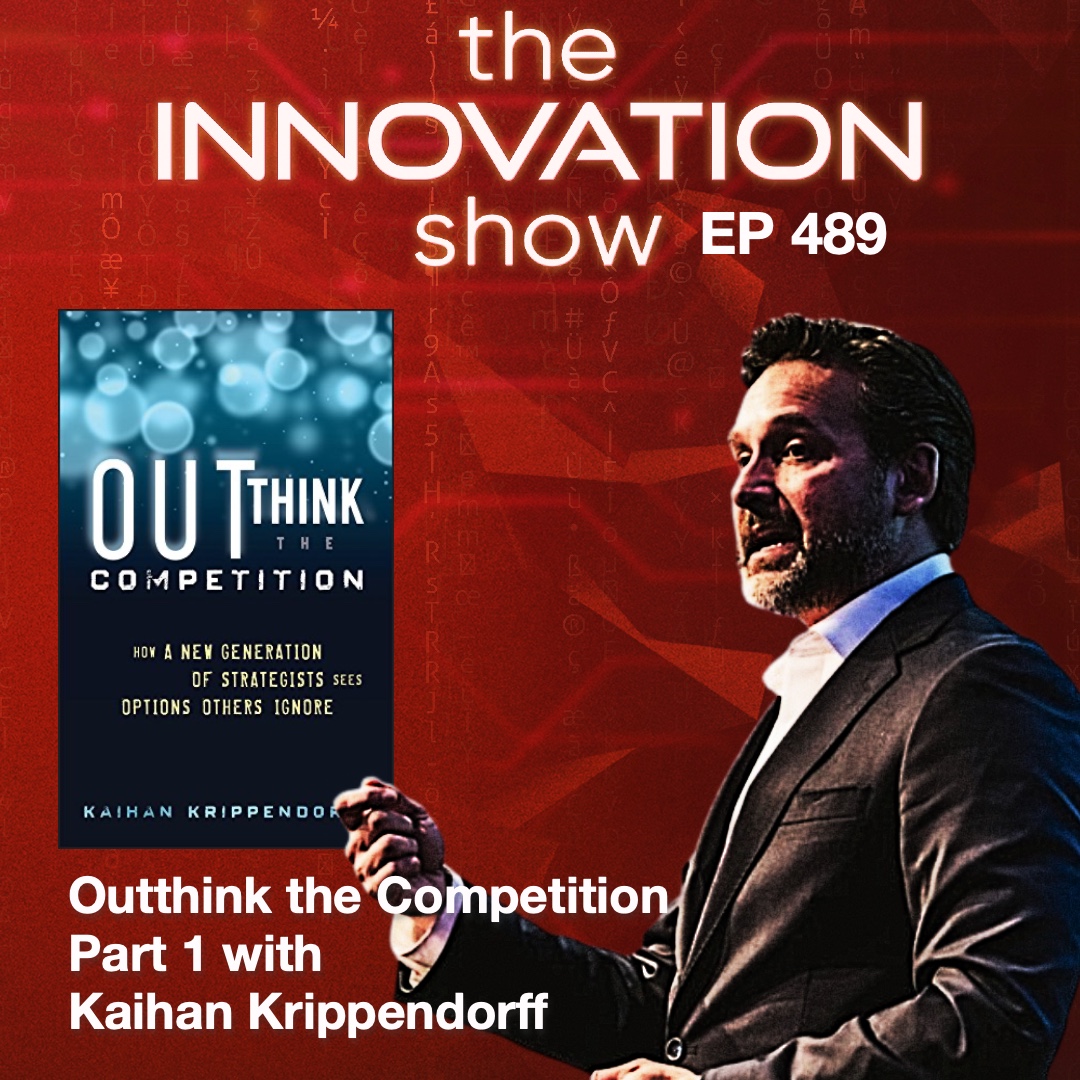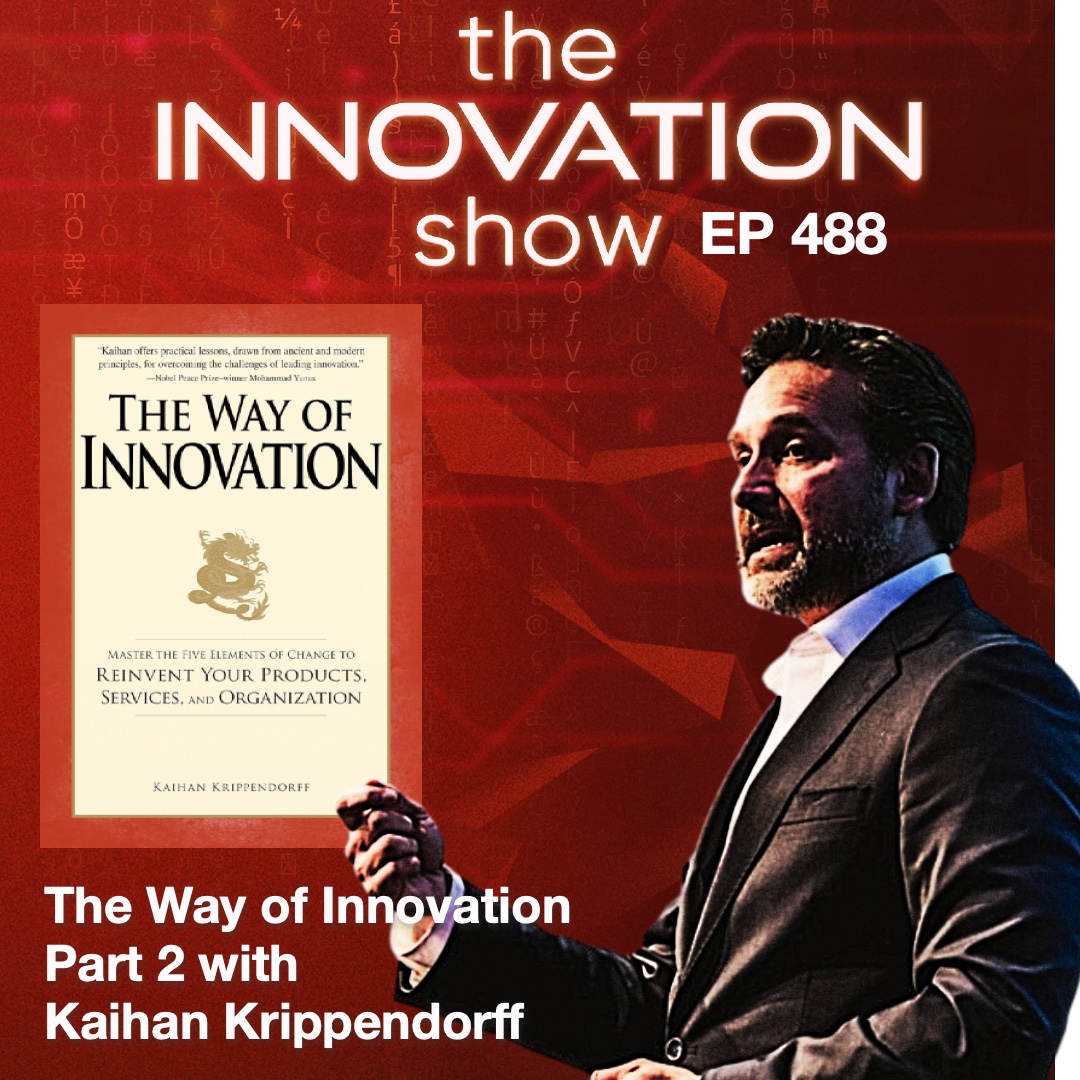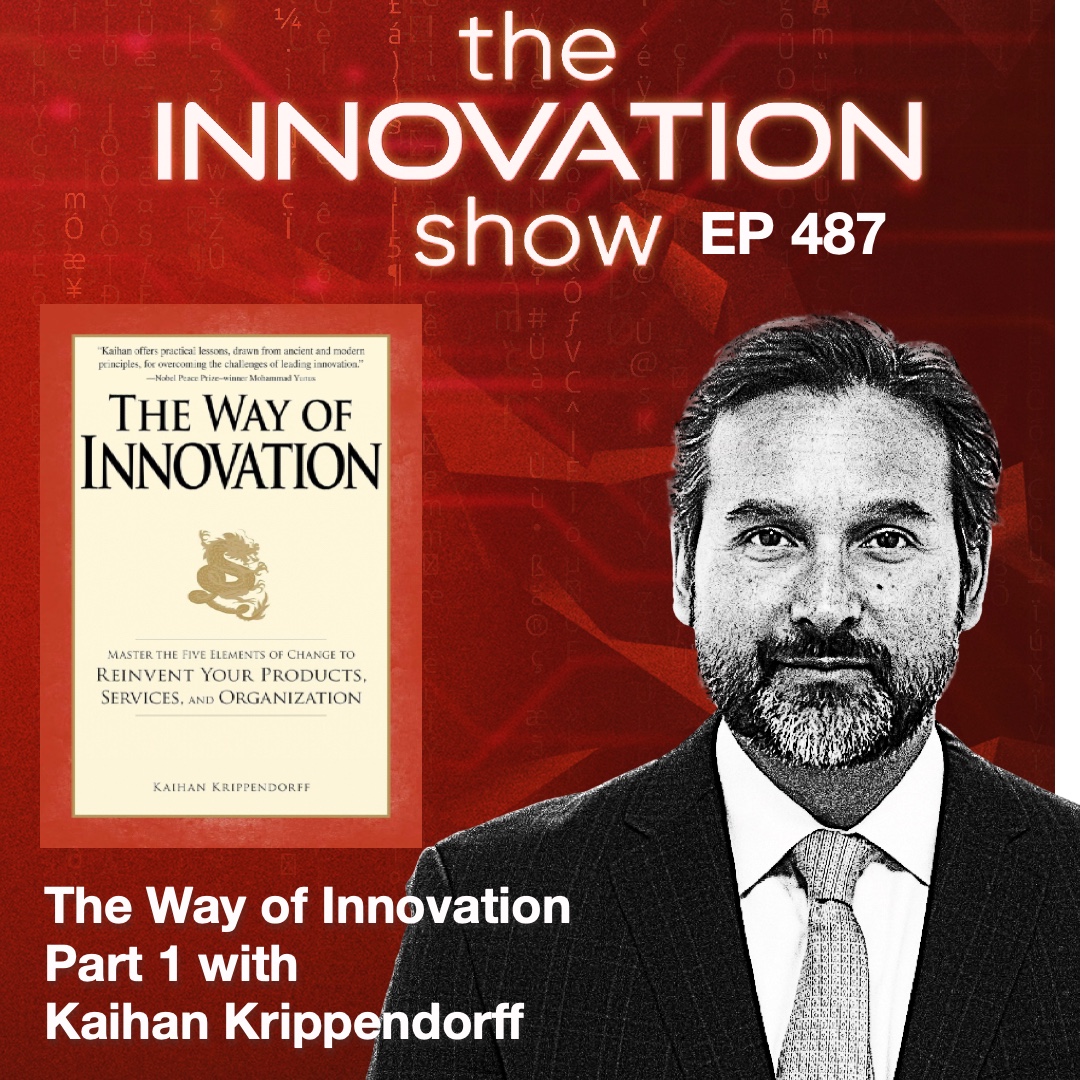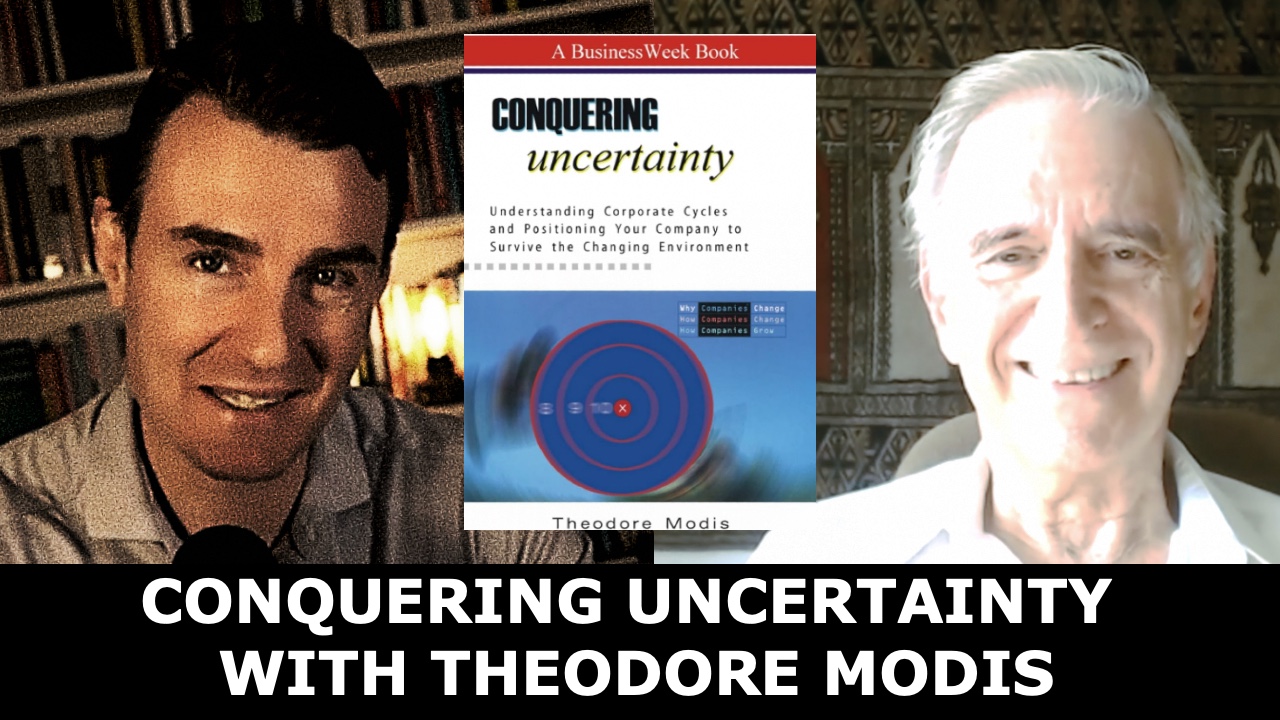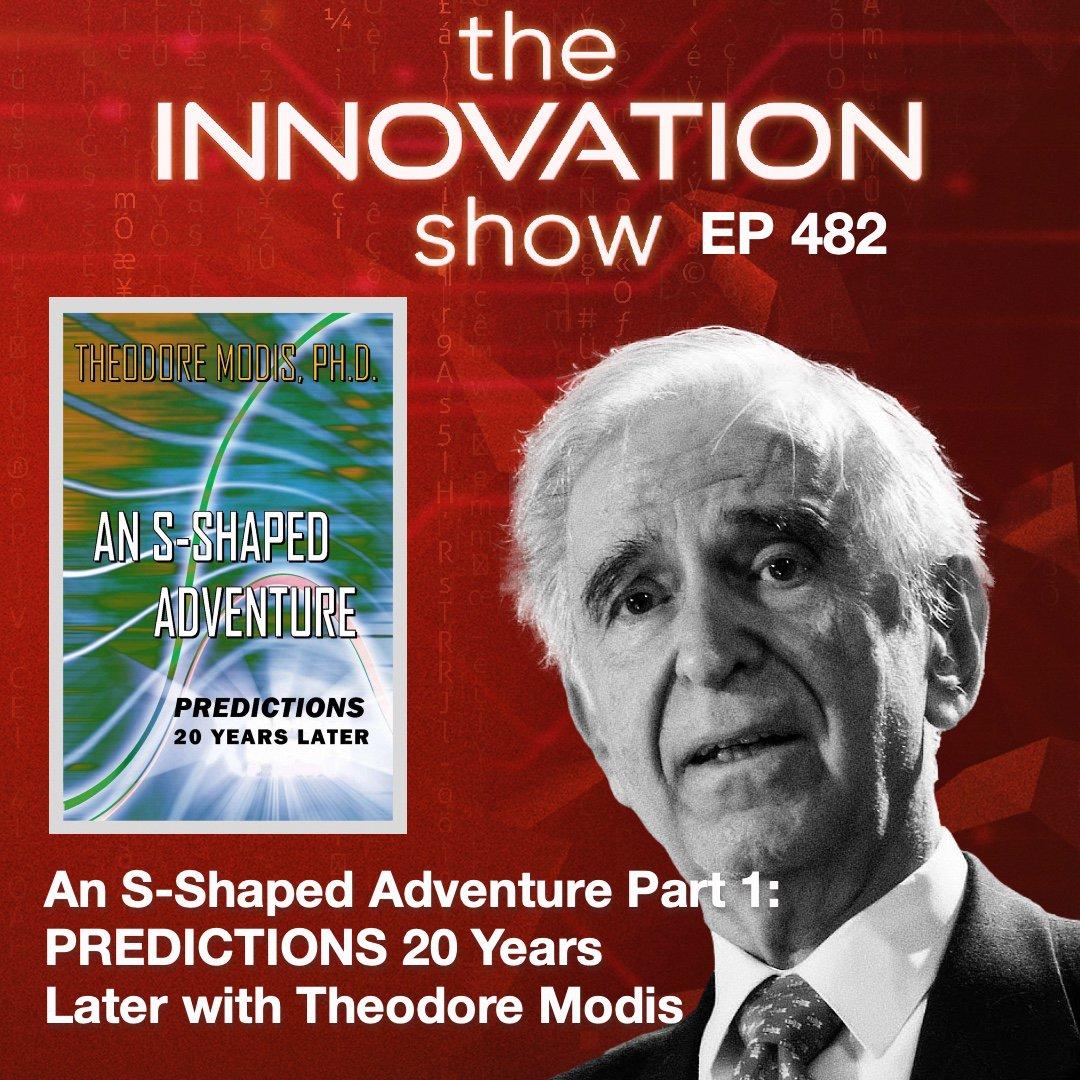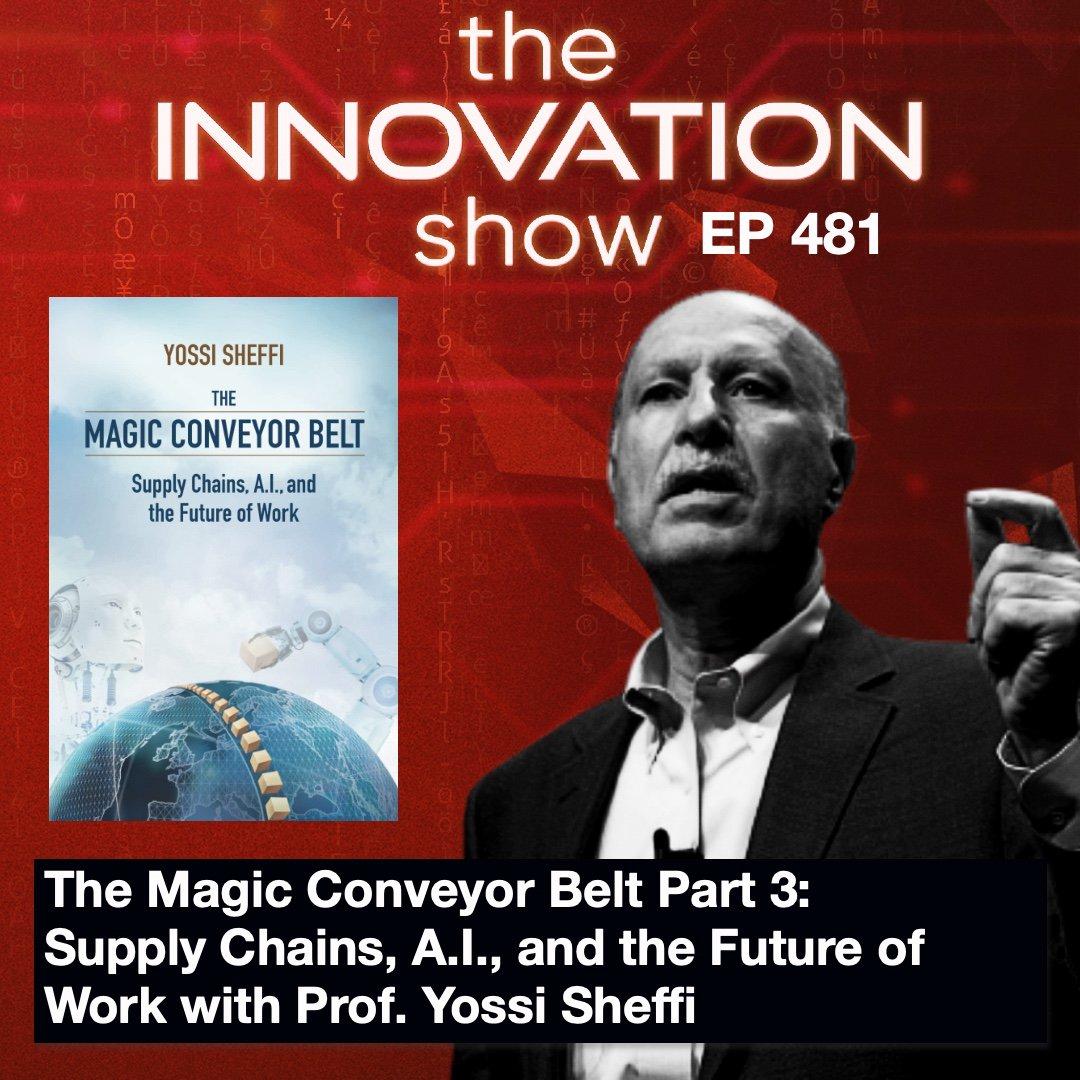We’re thrilled to have a special return in our series as we reconnect with the visionary author of “Outthink the Competition,” Kaihan Krippendorf! 📚✨
In this episode, we dive into the updated 2011 version of his groundbreaking book, exploring the power of outthinking the competition and the secrets to sustained success. 🔍🚀
🔥 Key Highlights:
- Unveiling the essence of “Outthink the Competition” in a 3-minute media segment: What sets outthinkers apart?
- Exploring an intriguing example of an outthinker that left competitors in the dust.
💡 Challenges for Outthinking Your Competition:
- Recognizing where rigidity has taken hold.
- Finding the elusive “fourth option” that others overlook.
- Evaluating the superiority of the new strategy.
- Slowing down competitors’ ability to emulate your innovation.
🌐 Outthinking Google: Analyzing Google’s success through the outthinker lens—how they broke the mold and created a competitive buffer.
🔄 Forces Reshaping the Competitive Landscape:
- Erosion of economies of scale.
- Proximity: Moving value closer to end-users.
- Acceleration: Radically reduced startup times.
- Ecosystem Development: The power of strategic partnerships.
- Autonomous Connected Devices: The game-changer powered by 5G.
- Self-organized Citizens and Customers: The democratization of information.
- Death of the middleman: Navigating the changing business landscape.
- Geopolitical Retrenchment: Shifting economic centers post-COVID-19.
- The Future of Work: Evolving work environments and hierarchies.
- Be Good: The rise of purpose-driven organizations.
🎙️ Join us for an enlightening discussion with Kaihan Krippendorf as we unravel the secrets to outthinking your competition and thriving in a rapidly evolving business world! Don’t forget to like, subscribe, and hit that notification bell to stay updated with our latest insights.
